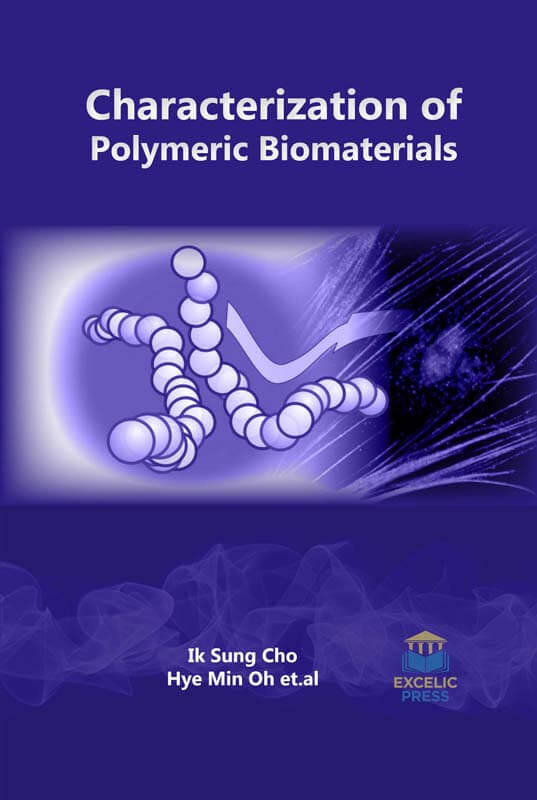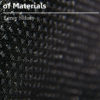Polymeric Biomaterials have a big impact on today’s health care technology. Regarding their biological, integrative, mechanical, and structural properties, Biomaterials will be classified as bio-inert or bioactive ceramics, glasses, and polymers. The field of biomedical material research has advanced profusely in the last several decades. To date, a variety of macromolecular nanocarrier platforms such as liposomes, polymeric nanoparticles, and micelles have been investigated for their potential application in photosensitizers delivery, which can provide an effective solution to overcome the shortages of current PSs associated with intravenous administration and selective delivery of the PS to the tumor sites.
The aim of this book is to integrate and interpret the innovative research and developments of current and potential advance biomaterials with their characterization and applications in modern technology in an effort towards the development of regenerative strategies. Mucoadhesive polymers, which may increase the contact time between the polymer and the tissue, have been widely investigated for pharmaceutical formulations.
The book opens with a chapter that focuses on the development of a new polysaccharide-based mucoadhesive polymer with thermo-gelling properties. Presently, the potential exists for regenerating almost every human tissue and/or organ. It is generally accepted that biomaterials, by either providing adequate bio-environment or just support, play a pivotal role in tissue regeneration. So, this book presents a comprehensive treatment of bioactive polymeric materials for tissue repair. Further, it illustrates chemical synthesis, characterization, and biocompatibility of hydroxyapatite/chitosan phosphate nanocomposite for bone tissue engineering applications. In next chapters, comprehensive coverage on the mechanical evaluation of polymer composite hip protectors; polyion complex micelle formed from tetra-phenylene containing block copolymer; biopolymer-mediated green synthesis of noble metal nanostructures; scaffolds for pelvic floor prolapse; spectroscopic characterization of multilayered functional protective polymers via surface modification with organic polymers against highly toxic chemicals; and characterization of tensile mechanical behavior of MSCs/PLCL hybrid layered sheet is presented. Photodynamic medical care (PDT) is an associate degree rising treatment modality that involves the combined action of Photosensitizer (PSS) and lightweight for the treatment of solid tumors and different diseases. Therefore, this book as well reports the recent achievements on the development of activatable PS formulations based on PS-polymer conjugates.














1 review for Characterization Of Polymeric Biomaterials
There are no reviews yet.